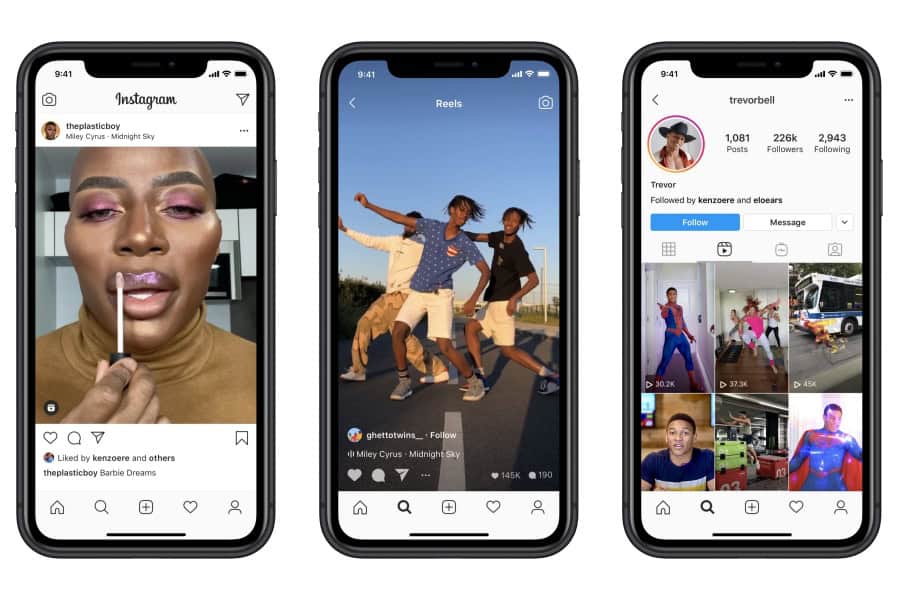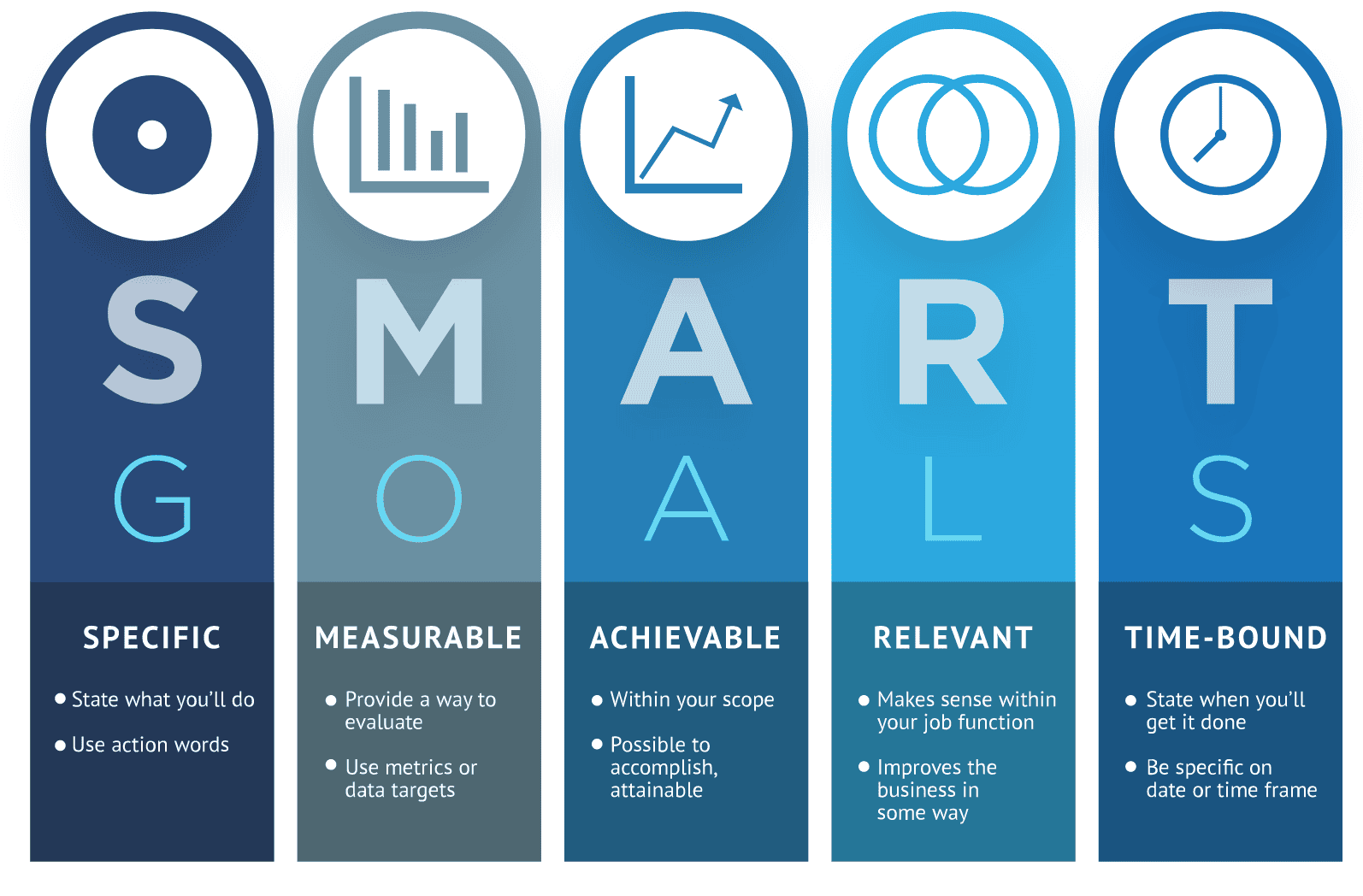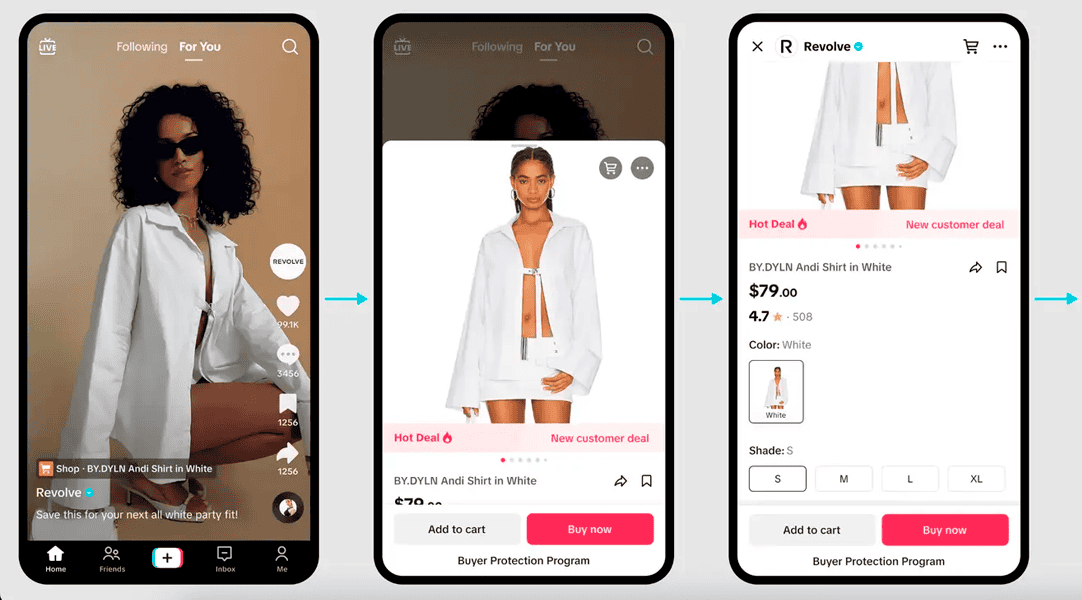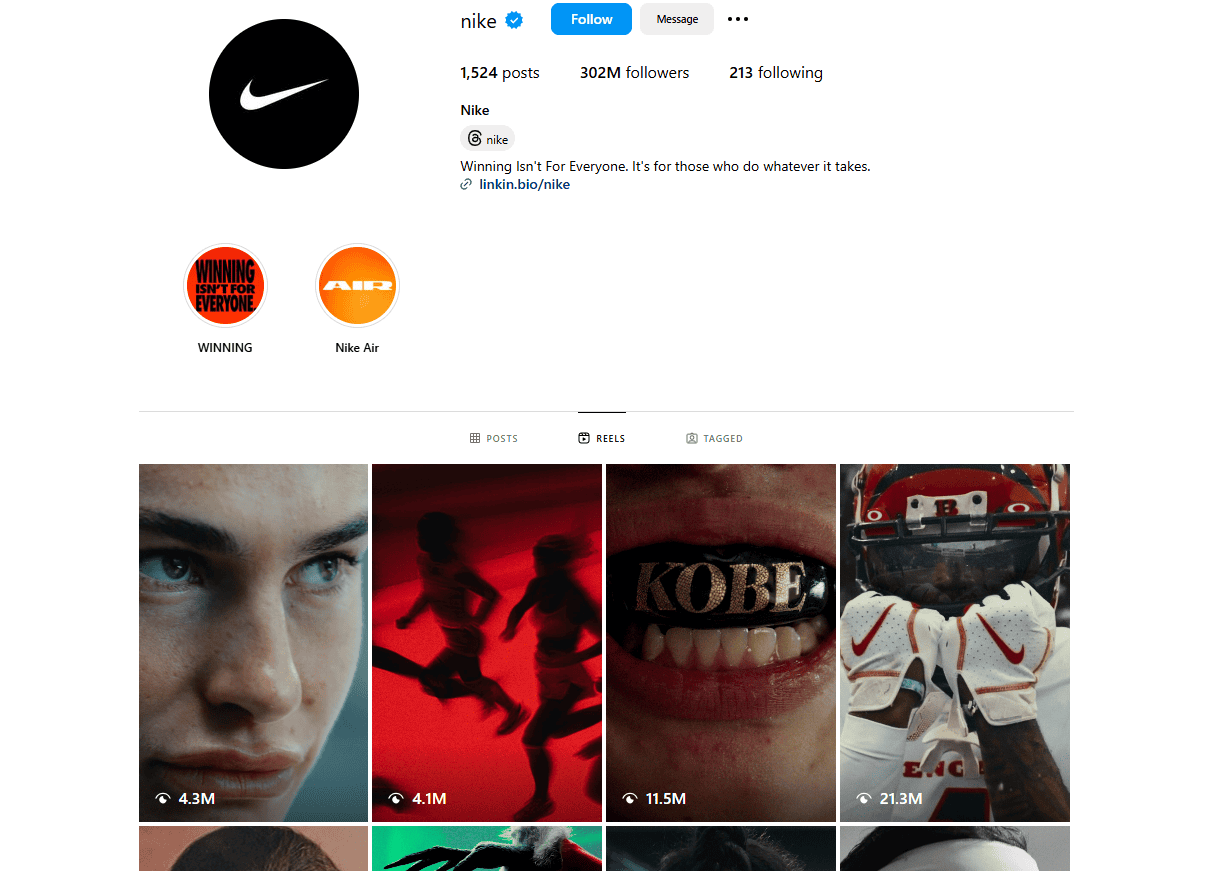Top-rated social media marketing is the key to success for businesses of all sizes. Whether you’re looking to connect with your audience, grow brand awareness, or increase sales, the right strategies can help you achieve your goals. Social media allows you to share your brand’s story, engage with the right audience, and build lasting relationships.
In this guide, you’ll discover proven tips and simple methods to maximize your social media efforts. From crafting engaging content to choosing the best platforms, this guide covers everything you need to know to stand out.
Ready to elevate your business? Let’s dive into the best practices and strategies that will unlock the true power of social media marketing.
Why Social Media Marketing is Essential?
Social media marketing isn’t just a trend; it’s a necessity for modern businesses. Here’s why top-rated social media marketing is essential:
- Massive Audience Reach: Over 4.9 billion people use social media worldwide, making it a goldmine for reaching a diverse and global audience.
- Cost-Effective Advertising: Platforms offer affordable advertising options with precise targeting capabilities.
- Increased Engagement: Social media fosters two-way communication, enabling businesses to build relationships with their audience.
- Data-Driven Insights: Advanced analytics provide valuable data on consumer behavior and campaign performance.
- Brand Awareness and Loyalty: Consistent presence on social platforms reinforces brand visibility and cultivates customer loyalty.
Top-Rated Social Media Marketing Strategies
To create a winning social media marketing plan, businesses need to implement proven strategies. Here are the top-rated ones:
1. Define Clear Goals
Start with a well-defined vision of what you want to achieve with your social media efforts. Having a clear purpose will guide your strategy and ensure your activities align with your business objectives. Common goals might include:
- Increasing Brand Awareness: Expanding your audience and ensuring more people recognize your brand.
- Generating Leads: Attracting potential customers who are genuinely interested in your products or services.
- Boosting Sales: Converting social media engagement into actual revenue.
- Enhancing Customer Loyalty: Building deeper relationships with your audience and encouraging repeat interactions.
To make your goals actionable and trackable, use the SMART framework:
- Specific: Clearly define what you want to accomplish.
- Measurable: Determine how success will be quantified (e.g., achieving a 20% increase in followers).
- Achievable: Set goals that are realistic given your resources.
- Relevant: Ensure the goals align with broader business objectives.
- Time-bound: Establish a clear timeline for achieving the goals.
For example, instead of saying, “Increase followers,” aim for “Gain 5,000 new Instagram followers in the next six months.”
2. Know Your Audience
Understanding your target audience is the cornerstone of any successful social media strategy. You need a deep comprehension of who they are, what they care about, and how they behave online. Here’s how to achieve this:
- Develop Buyer Personas: Use data to create detailed profiles of your ideal customers. Include information like: Demographics: Age, gender, income level, education, and location. Psychographics: Interests, values, lifestyles, attitudes. Behavioral Data: Purchasing habits, preferred communication channels, online activities.
- Conduct Surveys and Polls: Engage with your existing audience to gain direct insights into their preferences, challenges, and needs.
- Analyze Customer Data: Leverage analytics tools to track user behavior, interactions, and conversion patterns.
- Engage in Social Listening: Monitor conversations on social media platforms to identify trends, sentiments, and feedback related to your industry or brand. Use tools like Hootsuite, Brandwatch, or Sprout Social to streamline this process.
When you know your audience’s preferences and pain points, you can craft content and messaging that truly resonates.
3. Choose the Right Platforms
Not all social media platforms are created equal, and each serves different purposes and audiences. Selecting the right platforms ensures your content reaches the right people most virtually.
Consider the following:
- Instagram: Ideal for businesses with visually appealing products or services. Best for targeting younger audiences (Millennials and Gen Z) and promoting through images, videos, and Stories.
- LinkedIn: Tailored for B2B marketing, professional networking, and thought leadership. A great platform for sharing industry insights, company updates, and connecting with decision-makers.
- Facebook: Suitable for reaching a wide demographic, particularly users aged 25-50. It’s a versatile platform for ads, events, and community building.
- TikTok: Perfect for engaging a Gen Z audience with short, creative, and highly shareable video content.
- Twitter: Ideal for real-time updates, news, and building a voice in your industry through short, impactful posts.
- YouTube: A must for creating long-form video content such as tutorials, product reviews, and vlogs.
When selecting platforms, consider where your audience spends their time, the type of content they consume, and your ability to consistently deliver high-quality material for that platform.
4. Create High-Quality Content
Content is the backbone of your social media presence, and the quality of what you share determines how effectively you engage your audience. Here are key content types and strategies to consider:
- Visual Content:
- Infographics: Present data and insights in an easy-to-digest, visually appealing format.
- High-Quality Photos: Showcase products, behind-the-scenes moments, or customer success stories.
- Video Content:
- Short Videos: Use platforms like TikTok and Instagram Reels to capture attention quickly.
- Tutorials and How-To Videos: Educate your audience about your products or industry trends.
- Live Streams: Engage in real-time with your audience for Q&A sessions, product launches, or behind-the-scenes events.
- Engaging Captions and Storytelling:
Tell relatable stories that humanize your brand.
Include clear calls-to-action (CTAs) to encourage likes, shares, comments, or website visits.
- Interactive Formats:
- Polls and Quizzes: Use these to encourage audience participation and gather feedback.
- Contests and Giveaways: Incentivize engagement by offering rewards for participation.
- Platform-Specific Adaptations: Tailor your content to suit the unique features of each platform.
Always ensure your content aligns with your brand’s voice, values, and objectives. High-quality content attracts attention and builds trust and credibility with your audience.
5. Utilize Paid Advertising
Organic reach alone isn’t enough to maximize the potential of your social media strategy. Paid advertising allows you to amplify your content, reach a broader audience, and target specific customer segments effectively. Here are steps to make the most of paid ads:
- Choose the Right Advertising Platform:
Facebook Ads Manager: Offers a wide range of targeting options and ad formats, including carousel ads, videos, and lead forms.
LinkedIn Campaign Manager: Ideal for B2B companies aiming to connect with professionals and decision-makers.
TikTok Ads: Great for creating engaging and creative campaigns targeting younger audiences.
- Define Your Budget: Start with a test budget to identify what works best for your goals. Once you gather data, scale up your investment in successful campaigns.
- Utilize Advanced Targeting Options: Leverage tools to target audiences by demographics, interests, behaviors, and even specific actions (like website visits or previous purchases).
- A/B Test Your Ads: Experiment with different creatives, headlines, and CTAs to see which versions resonate most with your audience.
- Track ROI: Use analytics tools to measure the performance of your ads. Monitor key metrics like cost-per-click (CPC), return on ad spend (ROAS), and conversion rates to ensure your campaigns are delivering value.
6. Engage With Your Audience
Building meaningful relationships with your audience is essential for long-term success. Active engagement fosters trust, loyalty, and a sense of community. Here are ways to interact effectively:
- Respond Promptly: Make it a priority to reply to comments, direct messages, and mentions. Even a simple acknowledgment shows that you value your audience’s input.
- Host Interactive Sessions: Organize live Q&A sessions or webinars where your audience can directly interact with you and ask questions.
- Encourage User-Generated Content (UGC): Create hashtags to inspire your audience to share their experiences with your products or services. Highlight the best UGC on your social media accounts to show appreciation and encourage more participation.
- Run Contests and Giveaways: Use these to incentivize participation and engagement. Ensure that your prizes align with your brand and resonate with your audience.
- Monitor Brand Mentions: Keep track of when your brand is mentioned online and join relevant conversations to stay connected with your audience.
7. Track and Optimize Performance
To continuously improve your social media efforts, you need to track and analyze your performance. Data-driven decisions lead to better outcomes. Here’s how to do it:
- Use Analytics Tools: Platforms like Google Analytics, Hootsuite, and native insights tools on Facebook, Instagram, and Twitter provide valuable data on campaign performance.
- Monitor Key Metrics:
Reach: How many people saw your content?
Engagement: Likes, comments, shares, and other interactions.
Click-Through Rates (CTR): The percentage of viewers who clicked on your link.
Conversions: The number of desired actions taken, such as sign-ups or purchases.
- Analyze Audience Behavior: Look at the times when your audience is most active and the types of content they interact with the most.
- Refine Your Strategy: Identify what works and what doesn’t by comparing the performance of different campaigns. Make data-informed adjustments, such as reallocating budgets to high-performing ads or tweaking underperforming content.
- Set Regular Review Points: Evaluate your strategy on a weekly or monthly basis to stay on track with your goals.
By consistently tracking and optimizing your performance, you can ensure your social media strategy remains effective and aligned with your business objectives.
Current Trends in Social Media Marketing
Keeping up with trends ensures your marketing efforts remain relevant. Here are some key trends to watch in 2025:
1. Rise of Short-Form Video Content
Platforms like TikTok and Instagram Reels have made short videos a staple in social media marketing. Businesses should focus on creating snappy, engaging clips that capture attention quickly.

2. Influencer Marketing Evolution
Micro-influencers and nano-influencers are gaining traction for their authentic connections with niche audiences. Collaborating with these influencers can yield high ROI and enhance brand credibility.
3. AI-Driven Personalization
Artificial intelligence is revolutionizing content personalization, helping businesses deliver tailored messages to their audience. Chatbots, predictive analytics, and AI-generated content are becoming standard tools.
4. Social Commerce Growth
Social platforms are becoming online shopping hubs. Features like Instagram Shops, Facebook Marketplace, and TikTok’s shopping tools make it easier for users to purchase directly through the app.
5. Focus on Sustainability and Ethics
Consumers expect brands to be socially responsible. Highlighting sustainability initiatives and ethical practices resonates with modern audiences. Share stories about eco-friendly practices or philanthropic efforts to build goodwill.
6. Interactive and Immersive Experiences
Augmented reality (AR) and virtual reality (VR) tools allow brands to create interactive experiences. Filters, virtual try-ons, and immersive product demonstrations are gaining popularity.
Best Practices for Social Media Marketing Success
To achieve sustained success, adhere to these best practices:
1. Maintain Consistency
Post regularly and maintain a cohesive brand voice across all platforms. Use scheduling tools like Buffer or Sprout Social to ensure timely posting.
2. Leverage User-Generated Content (UGC)
Encourage your audience to create content featuring your brand. UGC builds authenticity and trust. Share customer reviews, testimonials, and user-created posts to strengthen your brand’s community.
3. Stay Updated on Algorithms
Platform algorithms determine visibility. Staying informed helps you optimize content for maximum reach. Adapt your strategies to align with algorithm changes.
4. Collaborate Across Departments
Align social media efforts with other departments like sales, customer service, and public relations for a unified strategy. Ensure consistent messaging and shared goals across the organization.
5. Invest in Training and Tools
Equip your team with the latest tools and training to stay competitive. Attend webinars, follow industry thought leaders, and invest in advanced analytics or content creation software.
Case Studies: Success Stories in Social Media Marketing
Learning from successful brands can inspire. Here are two examples:
1. Nike’s Engagement on Instagram
Nike excels in creating visually stunning content that inspires and engages its audience. Their use of stories, Reels, and influencer collaborations has solidified their dominance on Instagram.
For example, their “You Can’t Stop Us” campaign used split-screen videos to showcase athletic resilience and diversity, resonating globally.
2. The Blendtec “Will It Blend?” Campaign
Blendtec’s humorous and creative YouTube series demonstrated the power of blending unconventional items. The campaign went viral, boosting brand visibility and sales. It’s a classic example of turning a unique concept into a social media phenomenon.
What’s Next in Social Media Marketing?
The future of social media marketing will be shaped by advancements in technology, changes in consumer behavior, and platform innovations. Key areas to watch include:
1. Integration of AR and VR
Augmented reality and virtual reality will play a bigger role in product marketing and immersive customer experiences. Expect more virtual try-ons, interactive ads, and gamified content.
2. Enhanced Data Privacy Measures
As data privacy regulations tighten, platforms will prioritize transparency and user control over data. Marketers must adapt to privacy-first strategies and build trust with their audience.
3. The Evolution of AI-Generated Content
AI will continue to enhance content creation, making it faster and more personalized. Tools like ChatGPT and other AI-based platforms will help marketers craft tailored messages and automate responses.
4. Emergence of Decentralized Social Media
With growing concerns about data ownership and platform control, decentralized social media platforms may gain traction. These platforms prioritize user autonomy and data protection.





